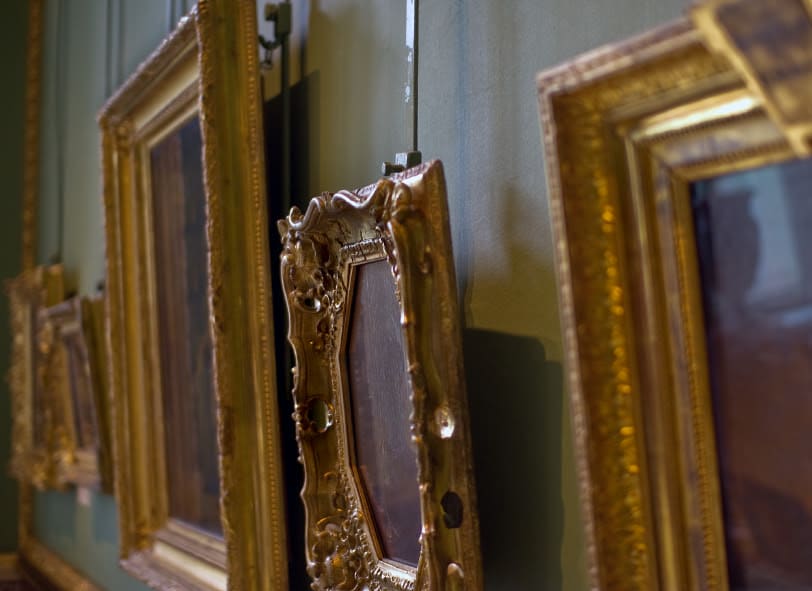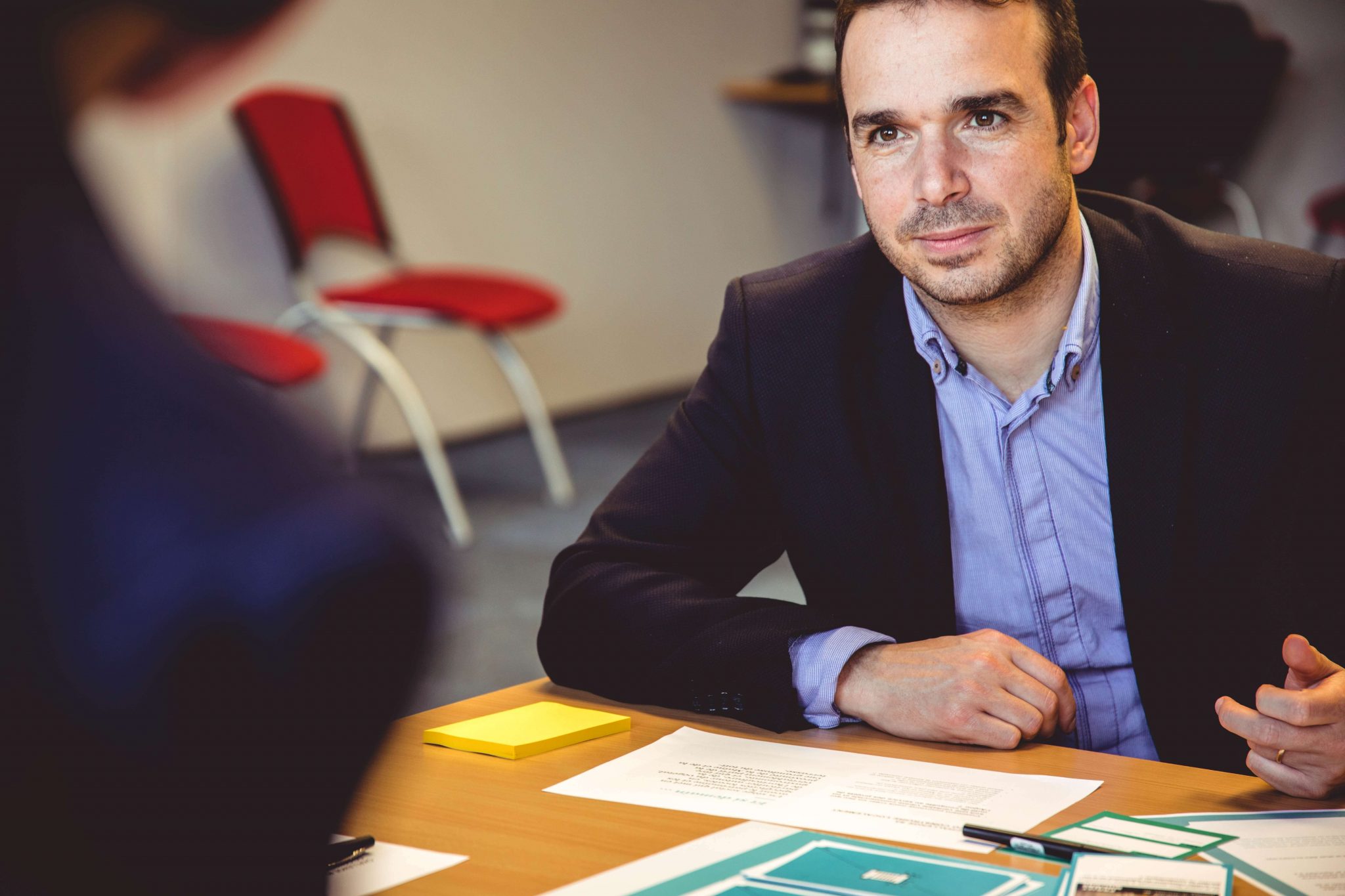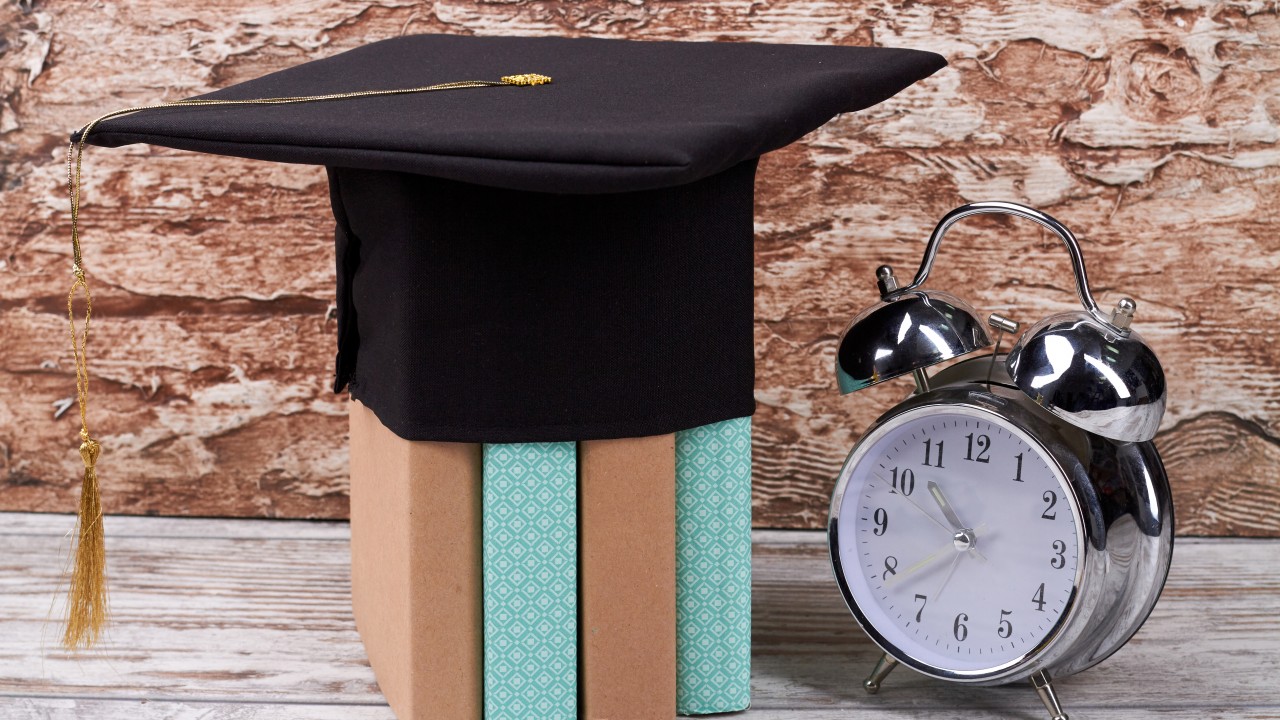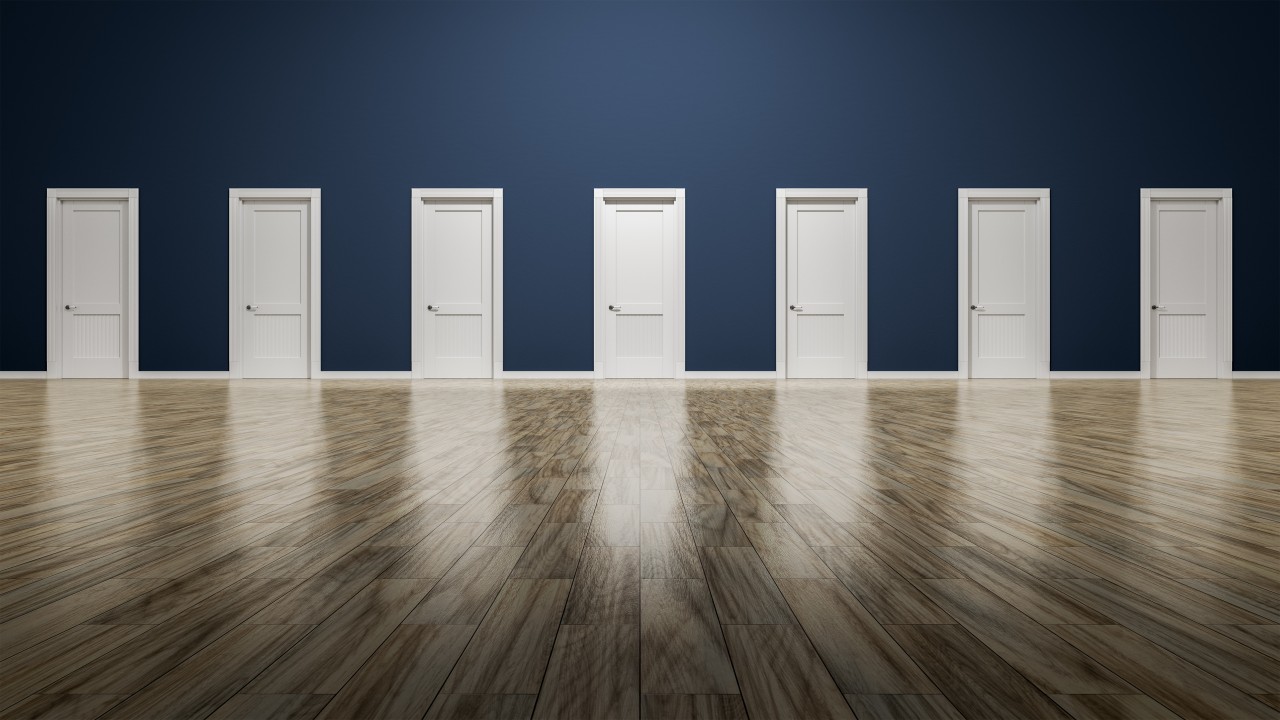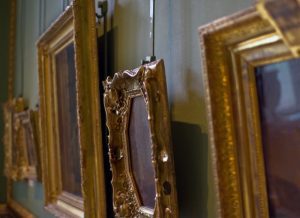 One of the great things about going to university in Washington DC is that you have access to all its cultural treasures. Two of the best are the Smithsonian’s National Portrait Gallery and the Smithsonian American Art Museum. Both are housed in one building, the Old Patent Office, which is on the National Register of Historic Places itself, but they are two separate museums, both well worth a visit.
One of the great things about going to university in Washington DC is that you have access to all its cultural treasures. Two of the best are the Smithsonian’s National Portrait Gallery and the Smithsonian American Art Museum. Both are housed in one building, the Old Patent Office, which is on the National Register of Historic Places itself, but they are two separate museums, both well worth a visit.
The National Portrait Gallery
The National Portrait Gallery, as its name implies, is a museum dedicated to paintings and other artwork of notable Americans. You can see a portrayal of every American president, for example, from Gilbert Stuart’s portrait of George Washington to Shepard Fairey’s Obama Hope, the red, white, and blue image of the current president that figured prominently in his 2008 election. (The Washington portrait is the most often reproduced image of the first president.) Also worth seeing are sculptures of Abraham Lincoln and political cartoons of George H.W. Bush bowling.
Other famous portraits include the Joseph Duplessis painting of Benjamin Franklin, which is the basis for his likeness on the $100 bill.
Figures outside the presidents and Founding Fathers are also portrayed—everyone from Pocahontas to Thomas Edison to Madonna. One exhibit space is dedicated to images showing contact between the original people and European settlers. Another gallery is devoted to figures of the twentieth century, so you can see Andy Warhol’s silk screen portraits of Marilyn Monroe and a Time cover lauding Madonna.
Through March 2016, the National Portrait Gallery will be showing the work of a Civil War-era photographer entitled “Dark Fields of the Republic: Alexander Gardner Photographs 1859-1872.” Gardner took some of the most indelible images of the war, from soldiers just killed on the battlefield (a shocking and disturbing sight, both then and now), and the “cracked glass” image of President Lincoln, taking just a few weeks before his assassination. After the war, Gardner went to the American West and was responsible for iconic images of Native Americans as well.
The Smithsonian American Art Museum
This is the U.S.’s official art museum, in a sense, with the largest and most representative collection of the nation’s art in existence. The pieces cover three centuries, from the colonial period to the contemporary work of David Hockney, Annie Leibovitz, and Jenny Holzer.
The collection is very rich. There are major collections of New Deal art, showing the political engagement and power of government and people in the 1930s. There are the beginnings of American Impressionism, with the beautiful canvasses painted by Mary Cassatt and Childe Hassam.
There are the masterpieces produced when American painting began to come into its own in the late nineteenth century, with artists such as James McNeill Whistler Winslow Home, and John Singer Sargent. There are the early twentieth century modernists, such as Edward Hopper and George O’Keeffe.
Trough March 2016, the Smithsonian Museum of American Art is featuring an exhibit called “Irving Penn: Beyond Beauty.” Penn was one of the major photographers of the twentieth century. He made a living as a fashion photographer, and is perhaps best known for iconic photographs that graced the pages of leading magazines such as Vogue in the 1950s and 1960s.
However, the exhibit—drawn from the Smithsonian’s vast collection and not always on display—displays images from all the stages of Penn’s varied life—street scenes from the late 1930s, photographs of the American South from the early 1940s, celebrity portraits, still lifes, and more private studio images.
Interested in pursuing a degree?
Fill out the form and get all admission information you need regarding your chosen program.
This will only take a moment.
Message Received!
Thank you for reaching out to us. We will review your message and get right back to you within 24 hours.
If there is an urgent matter and you need to speak to someone immediately you can call at the following phone number:
- We value your privacy.
However, the exhibit reveals a unity among these disparate elements: all focus on and make use of plain simplicity, whether he was photographing celebrities, fashion models, still lifes, or people in remote global lands.
There are docent-led tours of both museums and a café in the National Portrait Gallery.
Contact us for more information.


